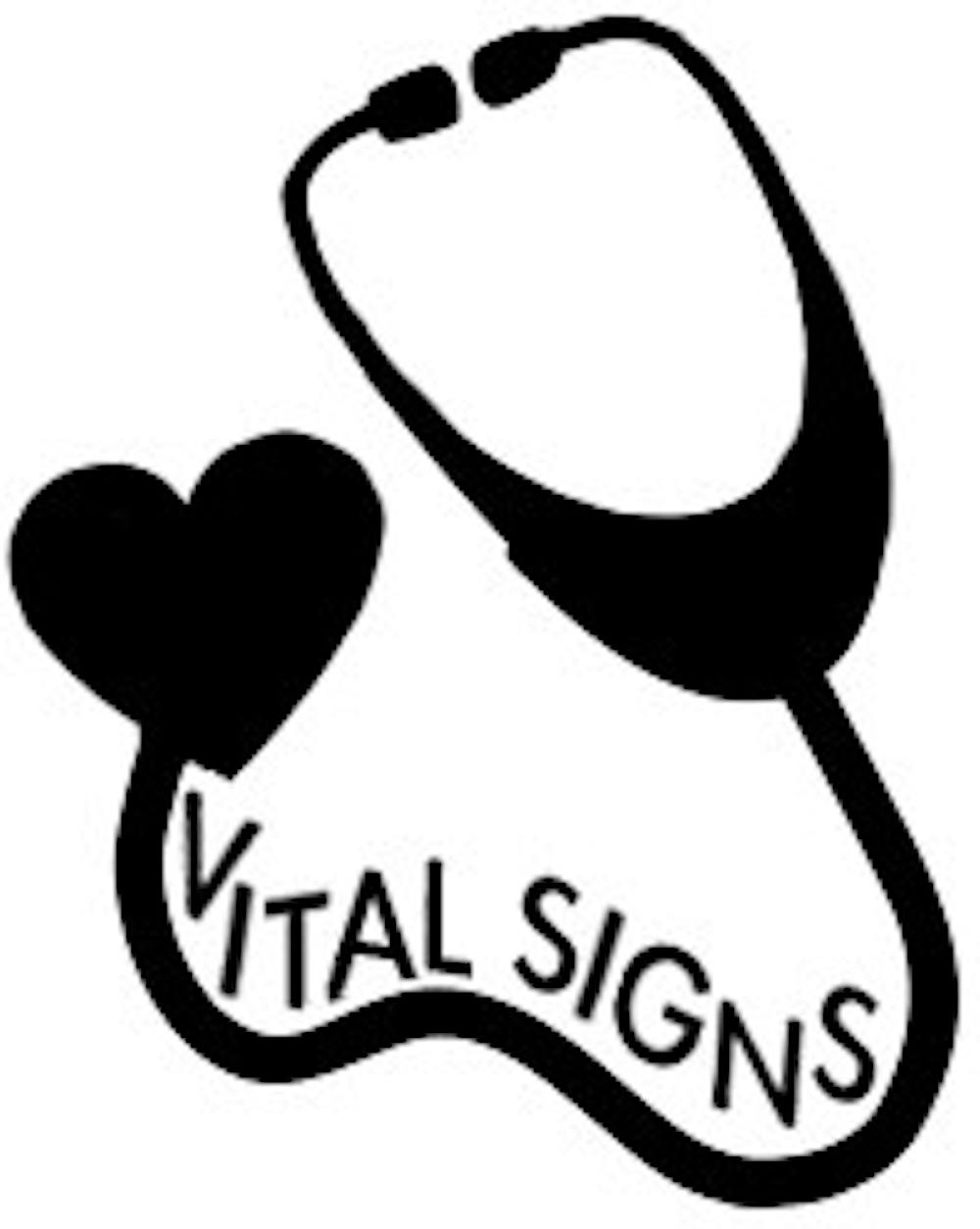By Anna Kellaher
Columnist
It’s officially spring and the weather has been warming up. While this is great for spending time outside and getting some fresh air, many people will also suffer from seasonal allergies.
The Mayo Clinic defines allergies as reactions to foreign substances by your immune system that most people’s systems don’t react to. For people who have allergies, their immune systems identify allergens as harmful even though they aren’t.
Common allergies include bee venom, pet dander and pollen. Pollen allergies peak in the spring because the substance is released as part of the plant fertilization process.
Pollen causes a type of allergic reaction called allergic rhinitis, or hay fever. The symptoms of hay fever include itchy eyes, nose or roof of the mouth, sneezing, a runny, stuffy nose and red, watery or swollen eyes.
If you have an allergy that is heightened in the spring, you can try to avoid the allergens by staying inside and keeping the window closed on days when the pollen count is high. Most weather services and websites will have the daily pollen count.
You can also use over-the-counter allergy medications like Claritin or Zyrtec. Pay attention to the side effects of these drugs because some can cause drowsiness. If your symptoms are not relieved by over-the-counter medications, contact your doctor to explore other options.







